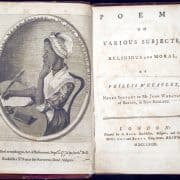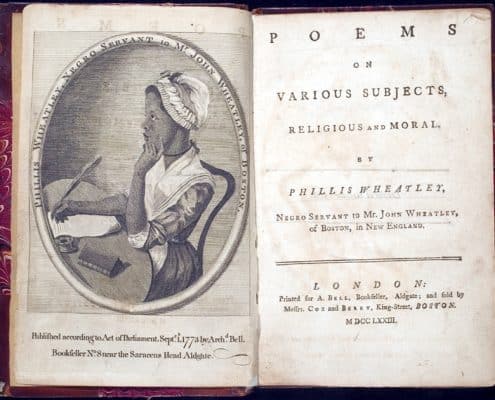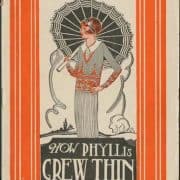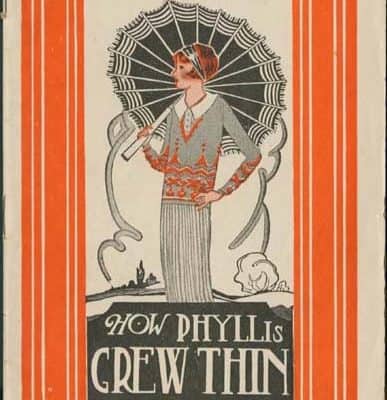Visual Culture Collections
The Library Company’s strong collections of visual materials support the mission of the Visual Culture Program, which in turn supports the Library Company’s other academic programs and collecting strengths. These visual materials range from stunning hand-colored plates in books to deceptively simple pieces of ephemera, from oil paintings to early paper photographs. More information about our holdings of visual materials in specific subject areas can be found by clicking on the images.
Collections Policy
The Visual Culture Program adds to the Library Company’s existing holdings through an active acquisitions component. The overarching guidelines in place for the development of our book and graphics collections apply to the Visual Culture Program, with certain added emphases outlined here.
- Visual materials documenting the technology of the production of graphics.
- Graphic ephemera that complement the more national collecting strengths of the library, including African American History, popular medicine, and economy and society.
- Separately-issued graphics pertaining to late 19th- and early 20th-century popular culture.
- Printed material that is heavily illustrated, with a particular interest in innovative illustration processes.
- Works that can help us understand the visual significance of non-illustrative material such as typography and book decoration.
- Material that refers to optics and vision.
African American History
The African American History Collection ranges in date from the mid 16th century to the early 20th century, and is one of the strongest collections in the Library Company, both in terms of content and documentation. Visual materials pertaining to African American history include photographs, prints, and paintings of African American society and culture, portraits of prominent abolitionists, Civil War–era and anti-abolitionist caricatures and cartoons, and book illustrations and broadsides portraying African and African American life during slavery.
Civil War
Comprising some of the most diverse and visually informative materials in the collection, our Civil War-related holdings include recruiting posters, photographs, comic valentines, song sheets, playbills, pictorial envelopes, lottery tickets, paper money, leaflets, handbills, fans, humorous moveable “transformation” cards, ribbons, buttons, tickets, trade cards, and much more.
Economies
The collections of the Library Company document the country’s economic shifts into the 20th century as they permeated and transformed all aspects of life. In particular, these shifts are illustrated in visuals that document idealized and actual changes in the economy, in trade catalogs, advertisements, political cartoons, and depictions of both domestic and public economies.
Ephemera
The Library Company began collecting ephemera in 1785, when it acquired the Pierre Eugène Du Simitière Collection of Revolutionary War-era pamphlets and broadsides, and has been a pioneer in the emergent research uses of early American printed ephemera. With the purchase of the Joe Freedman Collection of Philadelphia Ephemera in fall 2013, the Library Company’s printed and graphic ephemera collections number nearly 40,000 items and comprise diverse holdings of material related to popular and visual culture, with particular strengths in the history of women, medicine, African-Americana, German-Americana, and economics. Almost 30,000 pieces as well as over 7,000 representative digital files of these holdings are available in the Library’s online catalogs, many thanks to a grant from the National Endowment for the Humanities completed in 2012.
Natural History, Science, and Medicine
Natural history, scientific, technical, and medical works have been a collecting priority since the Library Company’s founding. Among them is the only known copy of the first American scientific illustrations (Jacob Taylor’s Tenebrae (New York, 1697); more than 7,000 medical trade cards; and visually stunning colorplate books by Catesby, Audubon, and Michaux among others.
Philadelphiana
A Philadelphia institution for almost 300 years, the Library Company has been able to collect a distinguished visual record of the city. Among the holdings are Peter Cooper’s circa 1718 South East Prospect of the City of Philadelphia, the oldest surviving oil painting of any North American city; Philadelphia’s earliest “news photograph,” by premier early photographers W. & F. Langenheim, depicting the anti-Catholic riots of 1844; and an extra-illustrated manuscript of John Fanning Watson’s seminal city history Annals of Philadelphia, presented to the Library Company in 1830.
Popular Culture
The graphic collections of the Library Company are rich for the study of American popular culture. Much of this material is ephemeral and often survives in only one copy. Holdings include everything from song sheets recounting boxing matches to playbills advertising baby beauty contests, as well as social satires, sensational crime dramas, and playing cards illustrated with portraits of celebrities.
Printing, Photography, & Book Arts
The Library Company’s holdings contain numerous resources to examine the conception, production, and dissemination of visual materials. The full spectrum of printmaking techniques, photographic processes, and bookbinding artistry can be found here, as can works describing the history of these arts.
Religion
Religion is a thread through all genres of early Americana, and is particularly suited to visual representation. The Library Company maintains one of the largest collections of German-Americana in the world, which includes many examples of highly decorated taufschein (birth and baptismal certificates) and other printed ephemera, much of it religious in nature.
Women’s History
The portrayal of women constitutes a core strength of the Library Company’s visual culture collections. Idealized, allegorical imagery of women representing nations; portraiture of historic female figures, writers, and thinkers; and caricatures reiterating negative stereotypes represent the wealth of imagery available to researchers of women’s history.

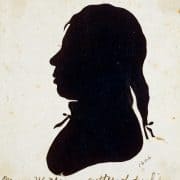
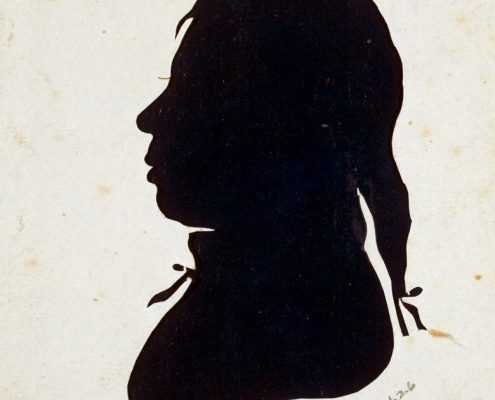
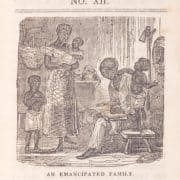
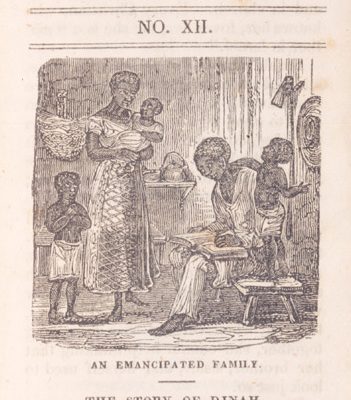
![JP2_digitool 129892_[Hibiscus]](https://librarycompany.org/wp-content/uploads/JP2_digitool-129892_Hibiscus.jpg)


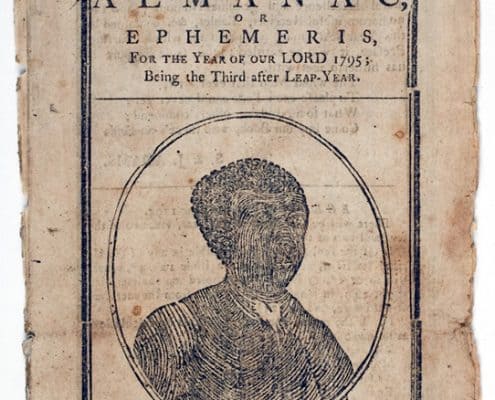

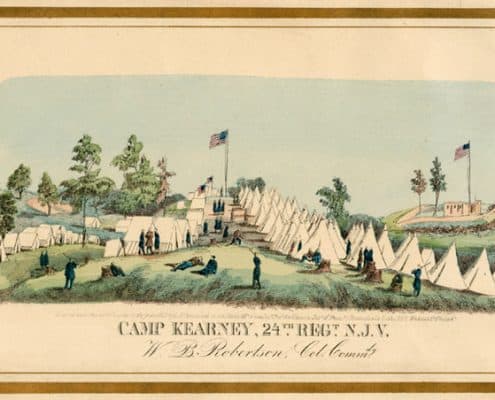
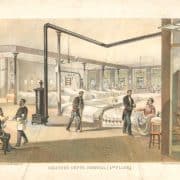
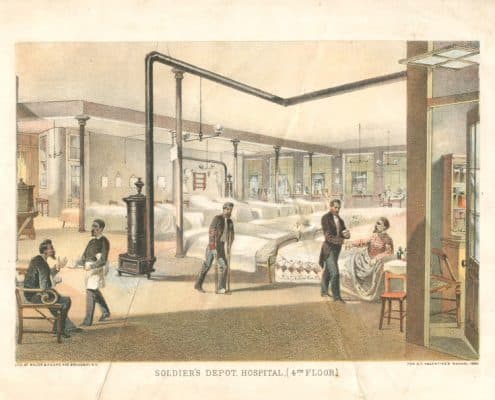
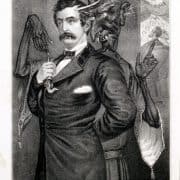
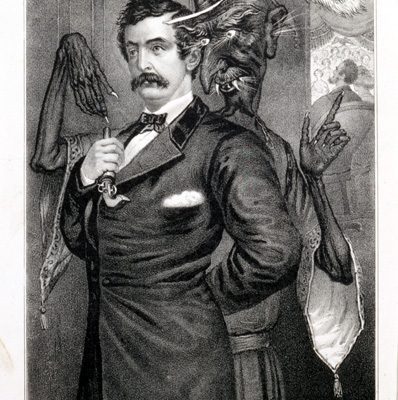
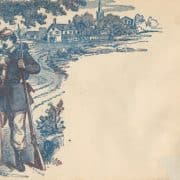
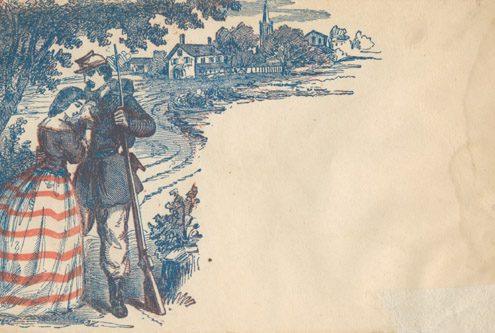
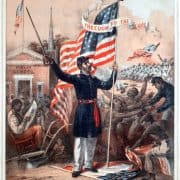
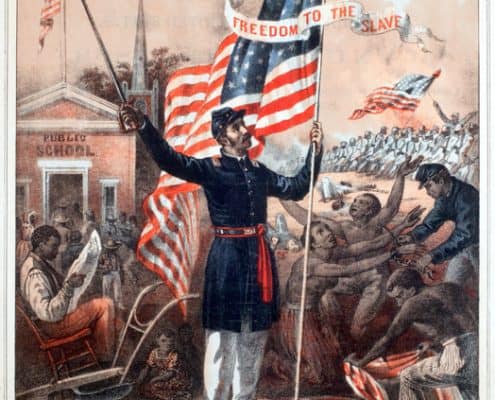
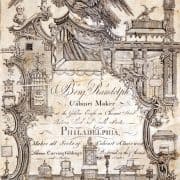
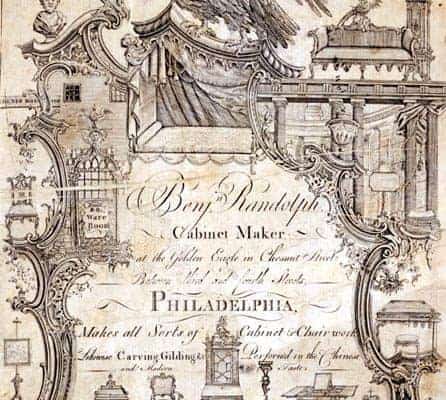
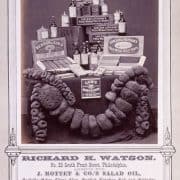

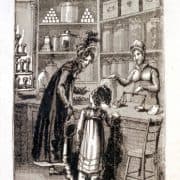
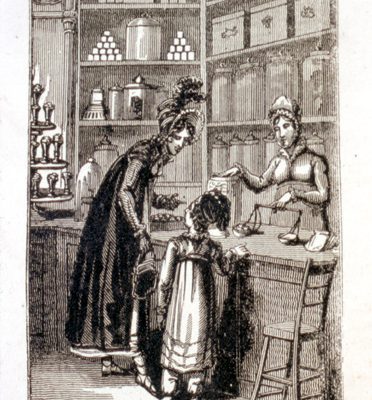

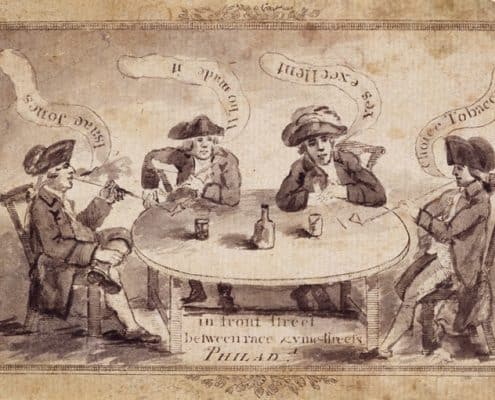
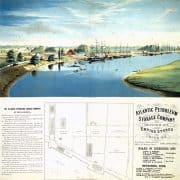
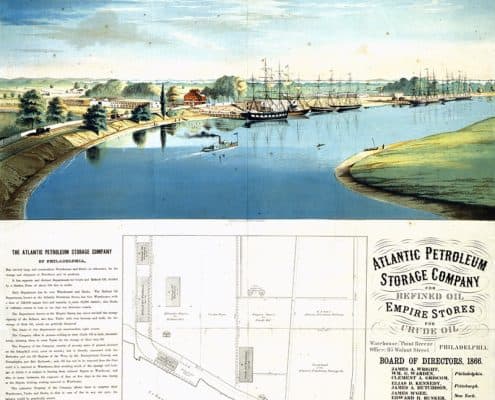

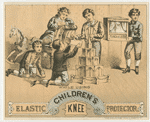
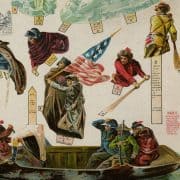

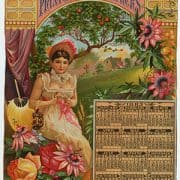
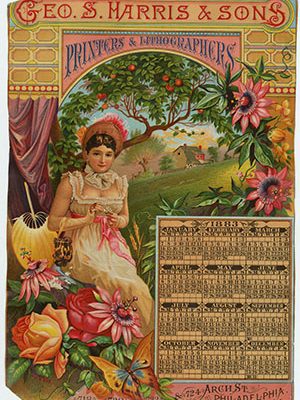
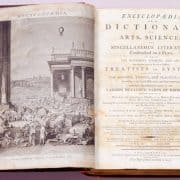
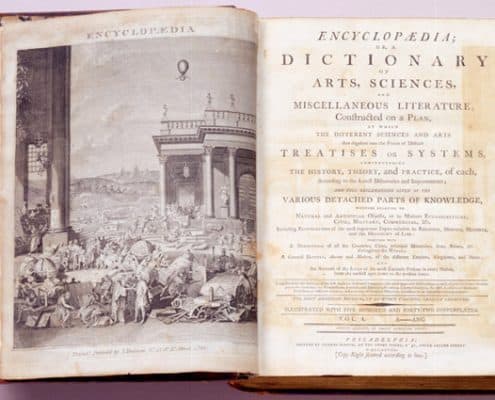
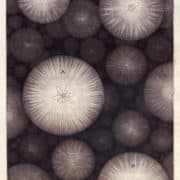


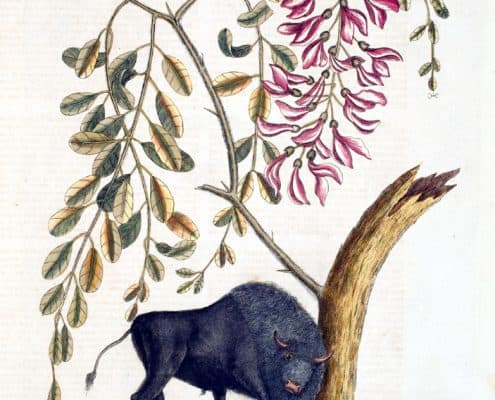
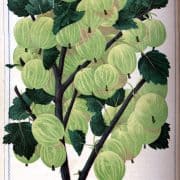
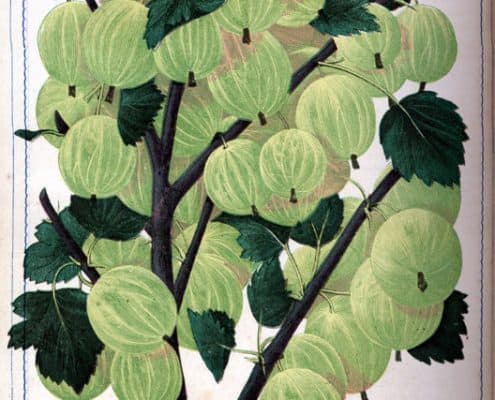
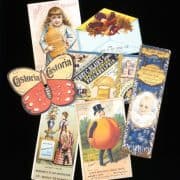
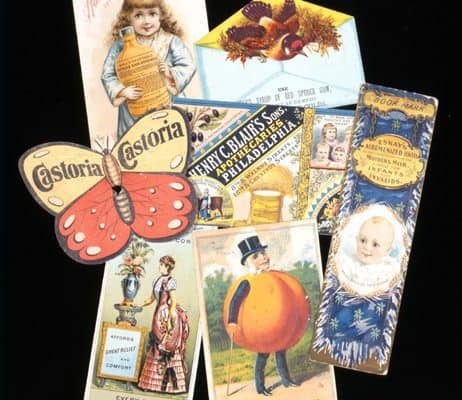

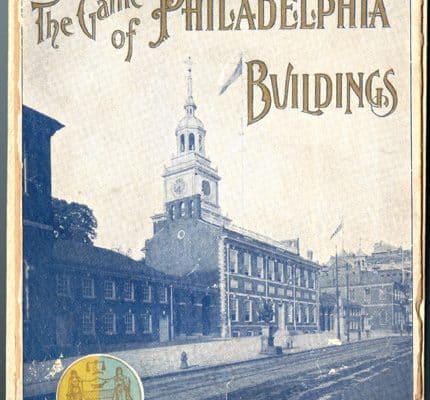
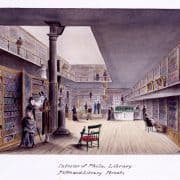
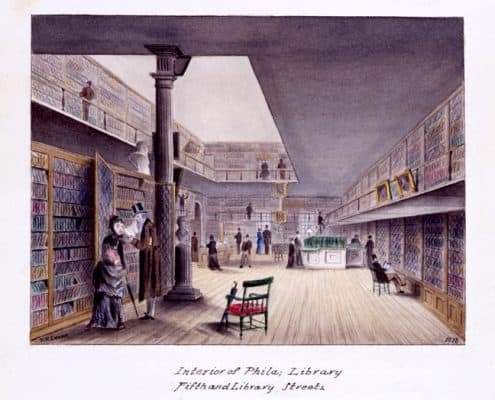




![[Jacob Duché's Mansion (3rd & Pine Streets)] Man walking in a storm while lighting strikes a brick building near trees bending in the wind.](https://librarycompany.org/wp-content/uploads/Duche-180x180.jpg)
![[Jacob Duché's Mansion (3rd & Pine Streets)] Man walking in a storm while lighting strikes a brick building near trees bending in the wind.](https://librarycompany.org/wp-content/uploads/Duche-495x400.jpg)
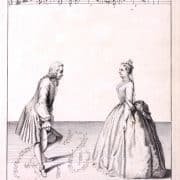

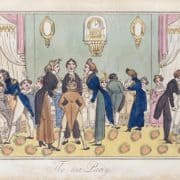
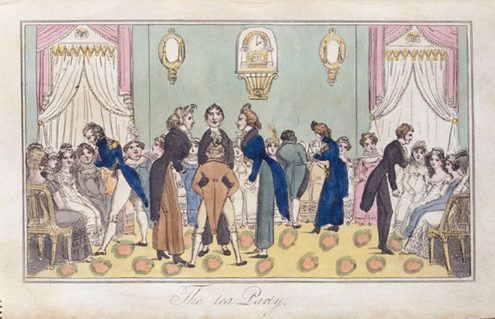
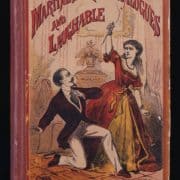
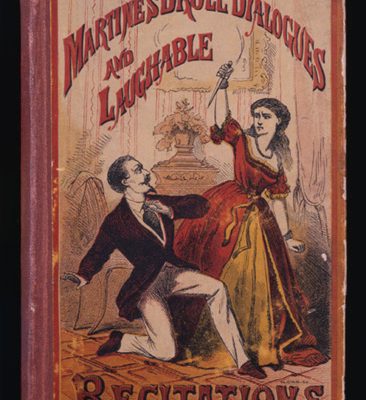
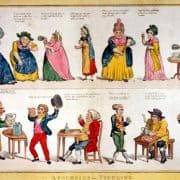
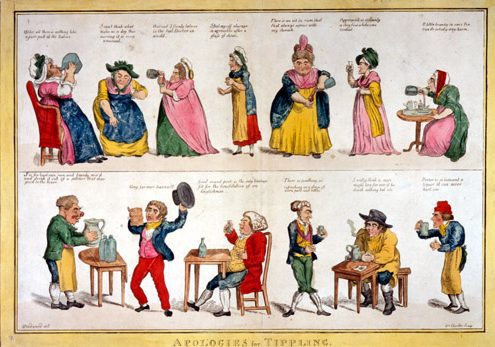
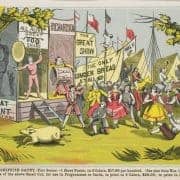
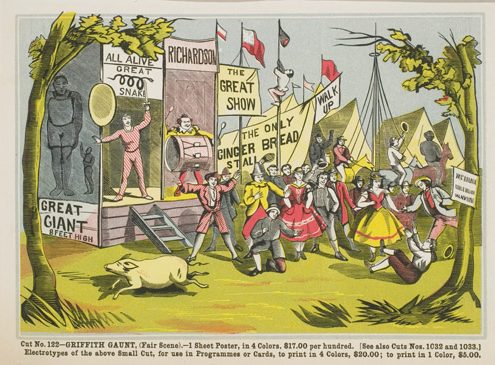
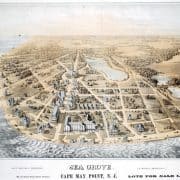
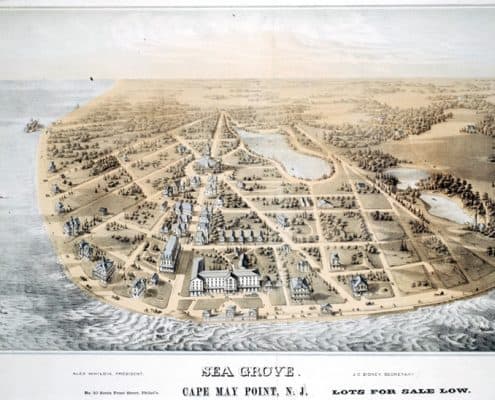
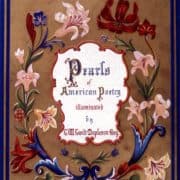
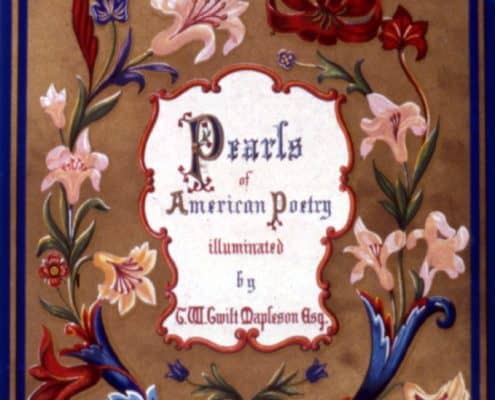
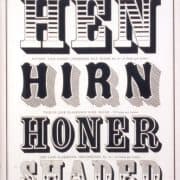
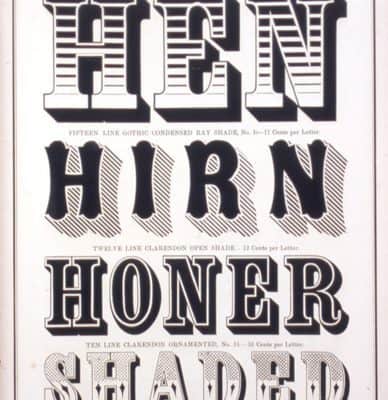
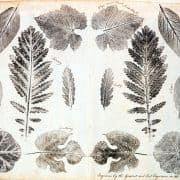
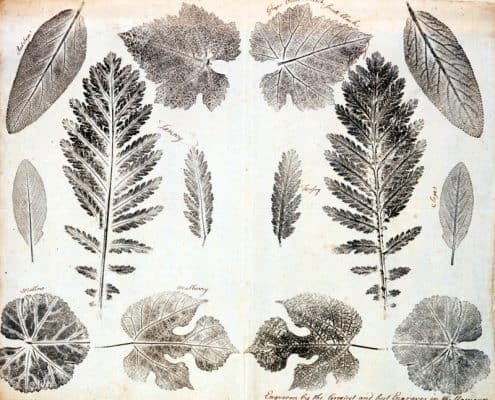
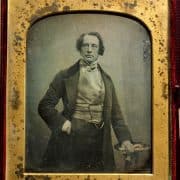
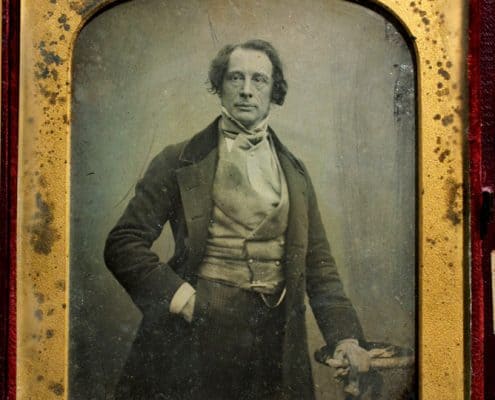
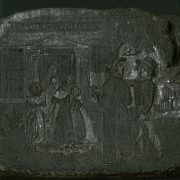
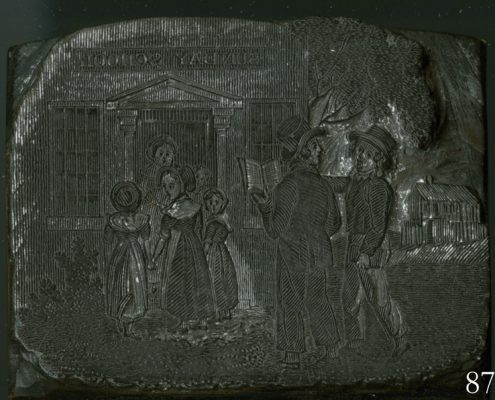
![The Wonderful, and Most Deplorable History, of the Later Times of the Jews (Boston: John Allen, 1718 [i.e., 1722]). Frontispiece portrait of Joseph ben Gorion. Title page with facing illustration of Josephus Ben-Goron wearing robe, sandals and holding a baton.](https://librarycompany.org/wp-content/uploads/ATI-p099b-180x180.jpg)
![The Wonderful, and Most Deplorable History, of the Later Times of the Jews (Boston: John Allen, 1718 [i.e., 1722]). Frontispiece portrait of Joseph ben Gorion. Title page with facing illustration of Josephus Ben-Goron wearing robe, sandals and holding a baton.](https://librarycompany.org/wp-content/uploads/ATI-p099b-495x400.jpg)

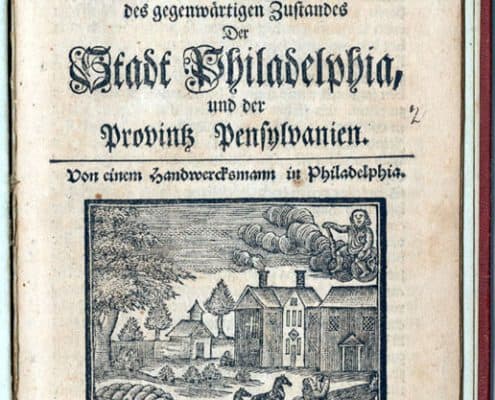
![Catholic Church, Book of Hours ([Paris]: Antoine Verard, 1508), plate 1. Color woodcut. White, robed angels surround a human-sized goblet above several lines of Gothic-style text.](https://librarycompany.org/wp-content/uploads/Six-Cath-Lit-Log-992-O-180x180.jpg)
![Catholic Church, Book of Hours ([Paris]: Antoine Verard, 1508), plate 1. Color woodcut. White, robed angels surround a human-sized goblet above several lines of Gothic-style text.](https://librarycompany.org/wp-content/uploads/Six-Cath-Lit-Log-992-O-336x400.jpg)
![Geburts und Taufschein [Baptism certificate] (Allentown, Pa.: Leisenring, Trexler and Company, ca. 1865) Color wood engraving. German language baptism certificate with angels and scenes from the bible, and of a baptism.](https://librarycompany.org/wp-content/uploads/tauflchein-02-180x180.jpg)
![Geburts und Taufschein [Baptism certificate] (Allentown, Pa.: Leisenring, Trexler and Company, ca. 1865) Color wood engraving. German language baptism certificate with angels and scenes from the bible, and of a baptism.](https://librarycompany.org/wp-content/uploads/tauflchein-02-495x400.jpg)
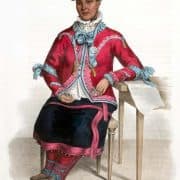
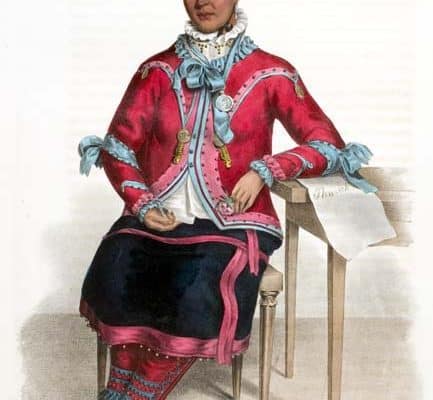
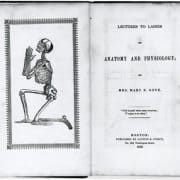
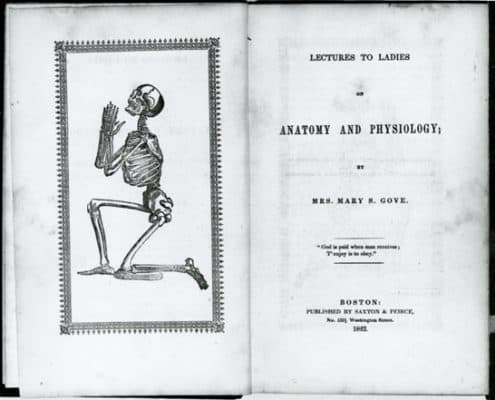
![Howland, E. A. (Esther Allen), 1801-1860. The New England economical housekeeper and family receipt book / New London, [Conn.] : Published by Bolles & Williams, 1847, [c1845] Book illustration of a domestic scene of two women working in a kitchen. Scene bordered by decorative patterns.](https://librarycompany.org/wp-content/uploads/Am1847How-69897D-180x180.jpg)
![Howland, E. A. (Esther Allen), 1801-1860. The New England economical housekeeper and family receipt book / New London, [Conn.] : Published by Bolles & Williams, 1847, [c1845] Book illustration of a domestic scene of two women working in a kitchen. Scene bordered by decorative patterns.](https://librarycompany.org/wp-content/uploads/Am1847How-69897D-424x400.jpg)
